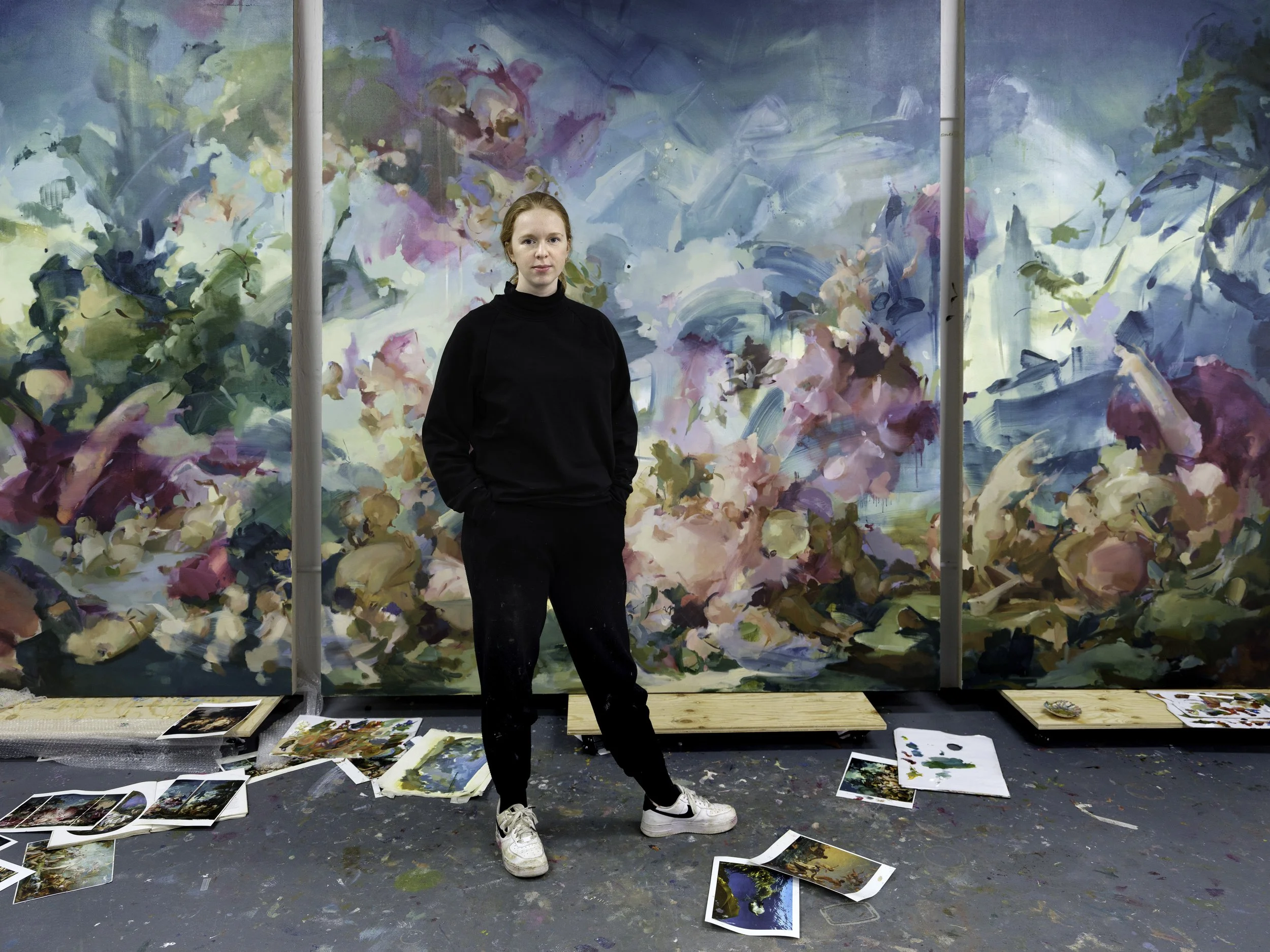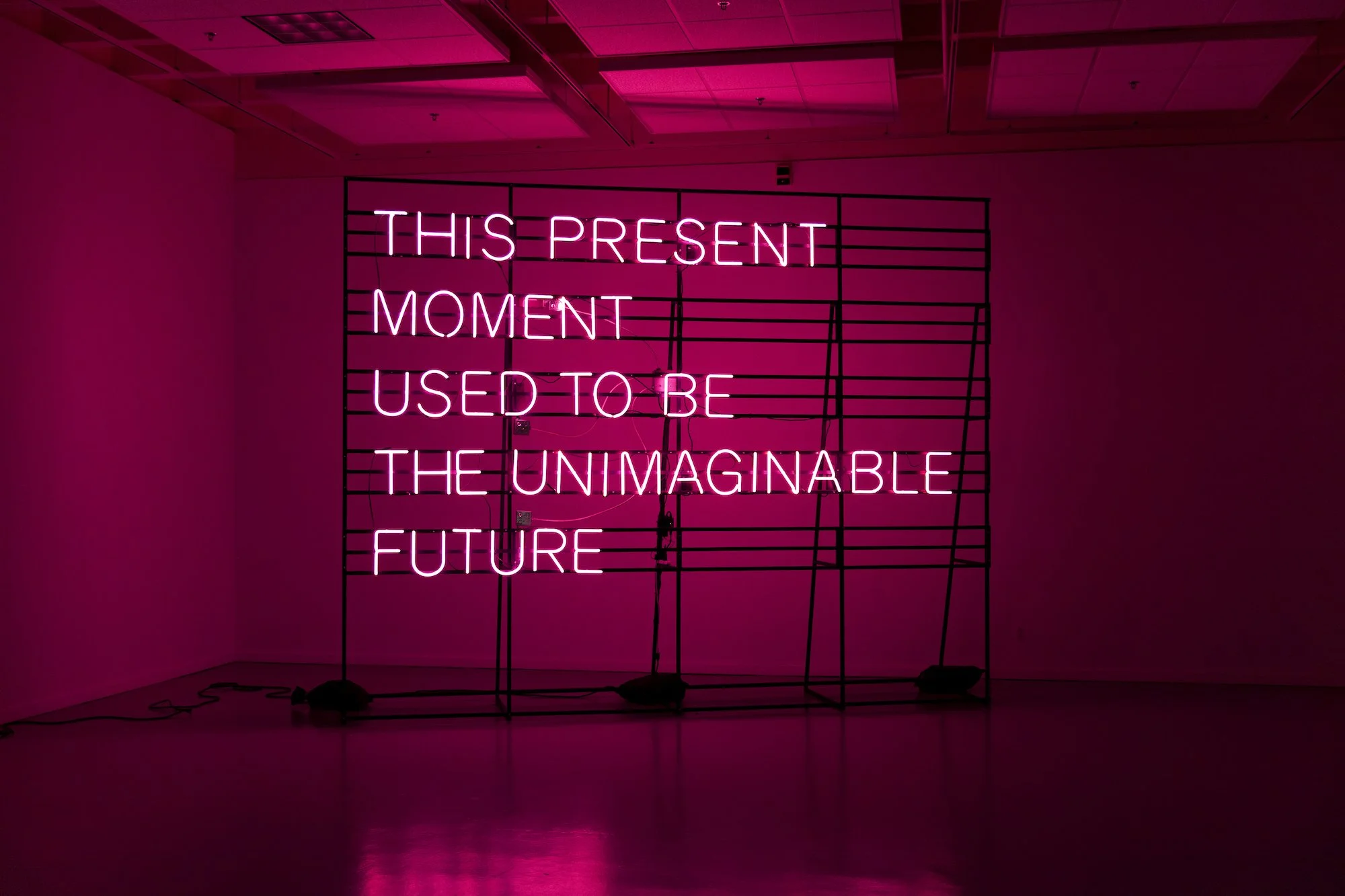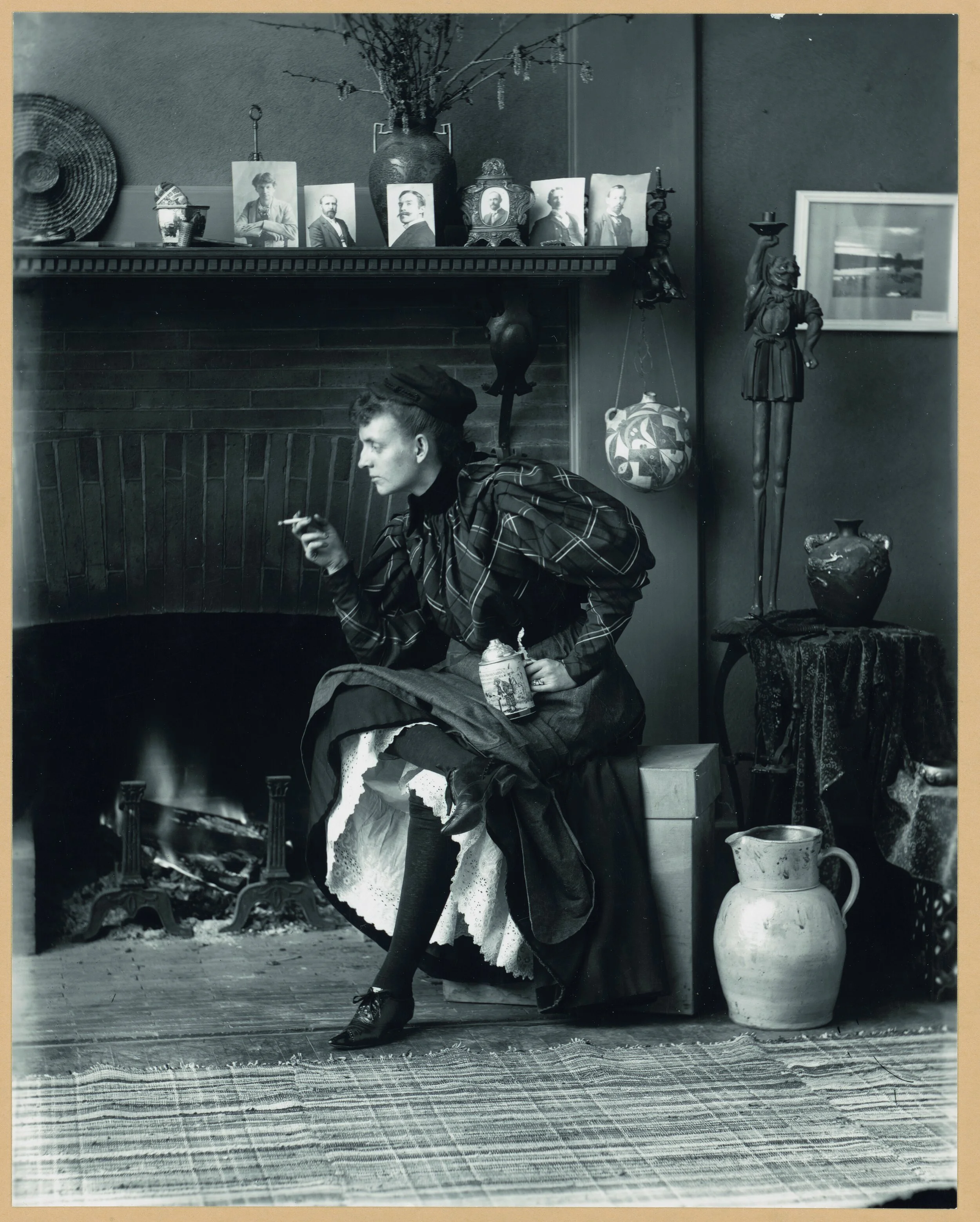As a child, Caroline Walker spent hours holed up in a kitchen cupboard in her family home in Dunfermline, Scotland, drawing pictures of women.
Read MoreThe first time I saw her, I didn’t make it past her face. My eyes caught on her jagged fringe, brushed to a sheen, and her flushed cheeks, an entirely different shade from her porcelain neck and chest.
Read MoreIn Wreck, artist Tom de Freston asks the reader the same question (“Is it all lost?“) that he asked himself in March 2020, when his studio caught fire and the blaze consumed a career’s worth of work.
Read MoreSometimes you have to look back in order to move forward. Today several young artists are dipping into old art forms both to situate themselves within the canon and to start new conversations.
Read MoreThey say a picture is worth a thousand words. For Alicia Eggert, the opposite is true. The Dallas-based artist thinks in terms of ideas and messages rather than images.
Read MoreMasha looks cold. She’s chalky white with rosy cheeks and a shiny nose. Her lips are gently pressed together, and her eyes are glassy and wet like they’ve been leaking in the wind. She appears not to have any eyebrows, and her eyelashes are barely visible.
Read MoreIt’s a fact that the Courtauld has reopened to the public following a three-year, £57m makeover, but I can’t help thinking about fiction.
Read MoreWhen Aya Haidar was ten years old, someone asked her what her mum did for a living. She remembers replying, “Oh, my mum doesn’t do anything, she’s just a mum.” Her dad, who rarely raised his voice, told her he didn’t want to hear her saying that ever again.
Read MoreAbout two-thirds of the way through her engaging new book, Emma Lewis describes the subtle yet significant distinction between ‘seeing’ and ‘looking’.
Read MoreIt’s strange for an artist to be defined by a single artwork. It is stranger still if that artist works across a range of media, and is also an author, a teacher, a feminist and an activist.
Read MoreThere is a myth, writes Alice Hattrick in their new book, Ill Feelings, that to be ill is to hide, “that to be inexplicably ill and dependent on the care and support of others is a choice, a way of getting out of what you don’t want to do, a choice that clever, deceitful young women make for themselves”.
Read MoreWhen Heather Phillipson was invited to fill Tate Britain’s Duveen Galleries, the artist behind the spoiled swirl of whipped cream on Trafalgar Square’s Fourth Plinth felt simultaneously daunted and excited.
Read MoreAbout a quarter of the way through Eliza Clark’s debut novel Boy Parts, the protagonist, Irina, describes her ability as a photographer. “I could train a camera on a man and look at him like a man looks at a woman; boys, too, could be objects of desire.”
Read More











